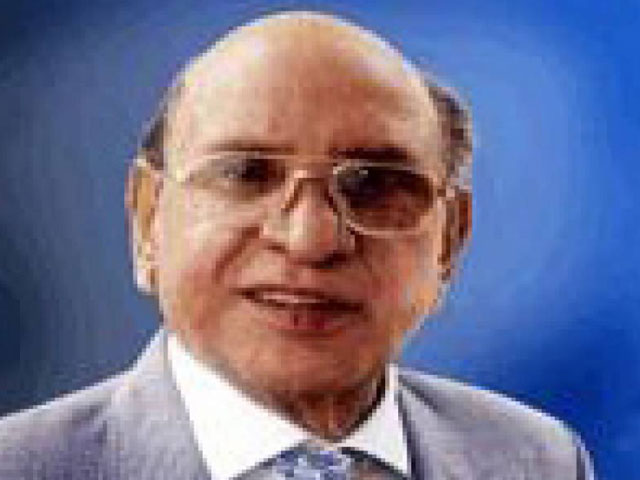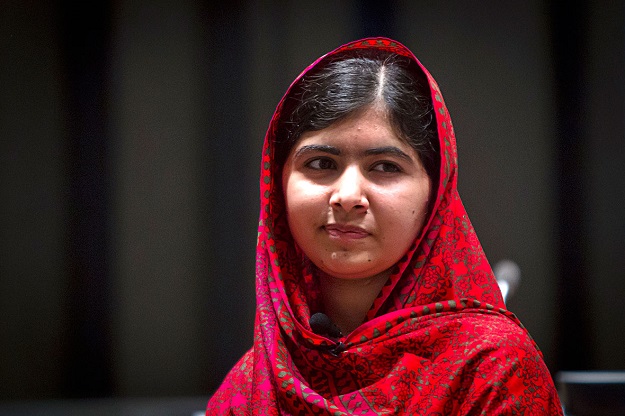
Photography, video and text are something that we make use of everyday but a group of 200 youths will now be utilising these mediums to tell the stories of Karachi's forgotten residents.
"Often these areas are highlighted because of a shooting or murder. One killed in Lyari, two shot dead in Manghopir," said Zehra Abid, project coordinator at SIE. Every Sunday journalists from across the city came to the Movenpick hotel to train the 200 students who had been carefully selected.
The students come from Agra Taj Colony, Khadda Memon Market, Manghopir, Mauripur, Sakhi Hassan, Rafah-e-Aam and Ibrahim Hyderi, Saeedabad and Sultanabad-Hijrat Colony.
These young individuals want to let people know their stories and the stories of people in the neighbourhoods. Pakistan's greatness is not measured solely by its Olympians. It is also measured by the 14 year old boy in Lyari who supports his family by cleaning trucks from dawn to dusk. It is measured by the unsung heroes who are often ignored by the mainstream media.
Malala an inspiration for students: CM
“It’s interesting to learn how to create news,” said Sohaila, a teacher from Manghopir who attended the training programme. “The training really helped me!” she said excitedly. “I uncovered a hidden talent and was given an opportunity to explore that talent,” she said with a grin on her face. Later, praise was heaped on Sohaila for her candid photographs of children at the school she teaches at.
These young journalists-in-training have a different perspective on Karachi. They write stories about their neighbour who travelled to Brazil for a scholastic competition or the impact of the development budget on local residents in Manghopir. They tell local stories from a local perspective, something the mainstream media often ignores in favour of the stereotype of gang warfare and street killings that dominate the news coming out of these areas.
These youngsters have become community representatives, telling stories and giving a voice to their peers. SIE is teaching them how to channel that voice in a way that will have people stand up and listen. Making use of one of the most powerful tools in a person's arsenal today - social media - these journalists will use mediums such as Facebook and Twitter to tell their stories.
Not everyone is able to coherently write in English or even Urdu and get their message across, said Abid, adding that the students are being taught three different mediums - writing, video-making and photography. “Eventually, their work will be included in a newsletter on a website we are creating for them,” she said. So far, they are sharing their work on a Facebook group.
Innovative idea: ‘Citizen journalism need of the hour’
The trainers at the programme are seasoned journalists from across the industry. They include Insiya Syed, a freelance photographer for Reuters and Getty Images, Wajid Ali Syed, the US bureau chief for Geo News, journalist and researcher Zia Rehman and SIE Executive Director Farah Kamal, among others.
Each trainer has a different skill they impart to their students; subtle nuances that can only be learned on the job. Wajid told them the importance of emphasising the correct words while going on air to make an impact. Insiya told them never to edit documentary photographs and to make sure they had permission before taking anyone’s picture.
“I’m teaching them how to observe their surroundings,” she said. “As long as they take away even a fraction of what I’m teaching them, I’ll be satisfied,” she added.
"We want to get coverage for areas that are less reported on," explained Abid. She said the mainstream media often reports on these areas through a particular lens. "Social media could be the leading point for many media organisations," she said, adding that this ensures that no stories are left uncovered.
Citizen journalism is the new media: experts
Insiya said they want the students to write stories on issues that are pertinent to their areas. We also want to teach them the ethics of journalism, she explained, adding that they want to inculcate the idea that their stories or photographs will not be as well-received without proper attribution and facts. This is difficult, she said, because even seasoned journalists do not follow these ethics.
Kamal, who developed the citizen journalism programme, said there is a lot of information available due to the availability and use of smart phones. “We can all contribute in a more responsible way,” she said, adding that she wants these young individuals to be able to spread information about their neighbourhoods. “They say no one tells our stories and no reporters come to our neighbourhoods, so this programme is a chance for them to be the spokespersons of their areas,” she explained.
“News isn’t always bad. There was a very poor girl from one of these neighbourhoods who received a scholarship to study in Australia but the mainstream media has been silent about it. That girl could be a motivation for everyone but no one has told her story,” she said. These youngsters already have the tools; we just want them to stop posting cat pictures and instead contribute something useful, added Kamal.
“Even if they go to these neighbourhoods, reporters don’t own these areas. These kids do,” she said. We want to create a civic sense amongst them and give them an opportunity to tell their own stories.
The rise of social media has made citizen journalism very relevant, said Kamal Siddiqi, director of the Institute of Business Administration's Centre for Excellence in Journalism. "You don't necessarily have to be a journalist to report on something," he said, adding that citizen journalism ensures the spread of stories that don't find a space in mainstream media. He said the students will use social media to share their stories, which, if they are good, will definitely be picked up by the mainstream media. “You can’t stop a good story,” he said.





































COMMENTS
Comments are moderated and generally will be posted if they are on-topic and not abusive.
For more information, please see our Comments FAQ